I wrote this article in Japanese and translated it into English using ChatGPT. I also used ChatGPT to create the English article title. I did my best to correct any translation mistakes, but please let me know if you find any errors. By the way, I did not use ChatGPT when writing the Japanese article. The entire article was written from scratch by me, Saikawa Goto.
Introduction
Movies and books covered in this article

Three takeaways from this article
- It is because life exists on Earth that it is possible for life to exist on Earth where life should not exist.
- As long as there is a common goal to “keep the Earth cool”, AI will not destroy humanity.
- Intelligent life could only have arisen on Earth.
Self-introduction article


Published Kindle books(Free on Kindle Unlimited)
“The genius Einstein: An easy-to-understand book about interesting science advances that is not too simple based on his life and discoveries: Theory of Relativity, Cosmology and Quantum Theory”
“Why is “lack of imagination” called “communication skills”?: Japanese-specific”negative” communication”
The quotes in the article were translated using ChatGPT from Japanese books, and are not direct quotes from the foreign language original books, even if they exist.
I Honestly Thought that the Discussion of the “Gaia theory” was Very Dubious, but it was an extremely interesting topic that connects to discussions about AI and extraterrestrial life
Anyway, All I Could Feel from This Book was Suspicious
The reason I picked up this book was because Ochiai Yoichi wrote a comment on the cover. To be honest, I can say that I wouldn’t have read it without his comment.

Except for Ochiai Yoichi’s comment, the book jacket says this:
Superintelligence updates the earth.

The shocking vision of a 100-year-old master’s future. “Post Gaia theory” that overturns the conventional view of life!
It’s quite suspicious, isn’t it? To be honest, I have no idea what kind of book it is and the title “Novacene” doesn’t give any information unless you know this proper noun.
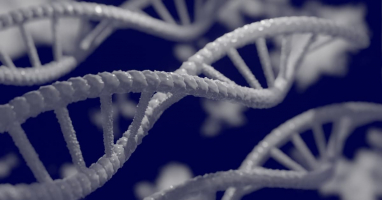
And the contents are just as suspicious. Sakura Osamu, who wrote the Japanese version commentary, summarized the book’s theme, “Gaia theory,” as follows:
The earth is a single huge self-regulating system, in other words, like a living organism.
It doesn’t seem like a scientist’s argument at all. Bryan Appleyard, who wrote the preface to the book, wrote, “I couldn’t understand the Gaia theory the author talks about.” The author himself wrote that:
The fact is that my proposed “Gaia theory” was not accepted by most experts in earth and life sciences in English-speaking countries.
It’s not a decent argument, to say the least.
It should be a theory that wouldn’t be taken seriously if we think about it normally, but “Gaia theory” was not ignored. That’s because the author has an incredible career history.

Who is the Author of This Book, James Lovelock?
In this book, there is a passage introducing the author’s achievements that reads as follows:
When he was elected to the Fellowship of the Royal Society, his achievements were cited as research on respiratory infection, air disinfection, blood clotting, freezing of living cells, artificial insemination, gas chromatography, and other diverse areas.

As a researcher, he has been awarded various awards and degrees, and deals with a wide range of subjects, such as climate science and extraterrestrial life research.

Yes, he is a great scientist with tremendous achievements, and it is precisely because of his views as a scientist that “Gaia theory” was not ignored. Today, his ideas are widely accepted.
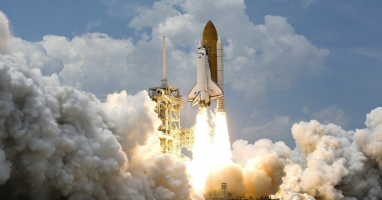
He is quite famous scientist, but his amazing point is not just his “research achievements”. His research style is something that is not normal. He said,
Since then, I have made a living by working on commissioned projects from companies and government agencies and receiving income from patent royalties.
The author conducts research as an individual, not affiliated with a university or research institute. It means that he is a lone wolf scientist who collects and earns all research funds individually.

In today’s world where SNS and crowdfunding have developed, this type of research style may be possible. However, the author is an amazing 100 years old. He wrote this book at the age of 99, and it was published to celebrate his 100th birthday. This means that he has been researching as an individual since before the time of SNS, crowdfunding, and even the internet.
The fact that he is still continuing his research as an individual is amazing, but what’s more surprising is that he wrote this book at the age of 99. Even Mr. Sakura, who provided commentary, said,
If someone told me that this was written by a promising scholar in their 30s without knowing the author’s name, I would have believed it without any doubt.
This is absolutely true. It’s astonishing that someone can still develop such innovative ideas and thoughts at the age of 100.
This book is a work written by such a superhuman scientist.
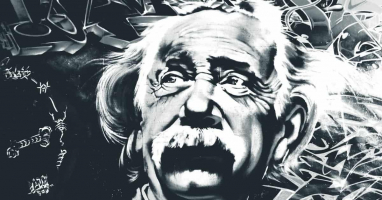
Understanding the “Self-Regulating System” in the “Gaia Theory”
In this book, the author develops a very interesting essay about AI, but to understand it, let’s first understand the main point of the “Gaia theory.”

Earlier, I introduced the summary of “Gaia theory” as “the earth is a single huge self-regulating system,” but let’s talk more about what this “self-regulating system” means. This is related to the surface temperature of the Earth.
In fact, over the past 3.5 billion years, the amount of heat radiated by the sun has increased by 20 percent. This would be enough to raise the surface temperature of the Earth by up to 50 degrees Celsius. If this had happened, the greenhouse effect would have continued to rise, turning the Earth into a barren land. However, that hasn’t happened. While there were indeed warm periods and ice ages, the average temperature over the entire surface of the Earth changed only about 5°C above and below the current 15°C.
This is the work of Gaia.
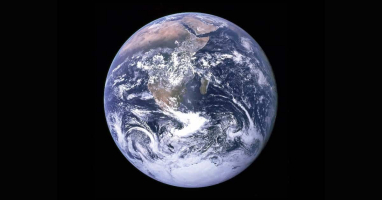
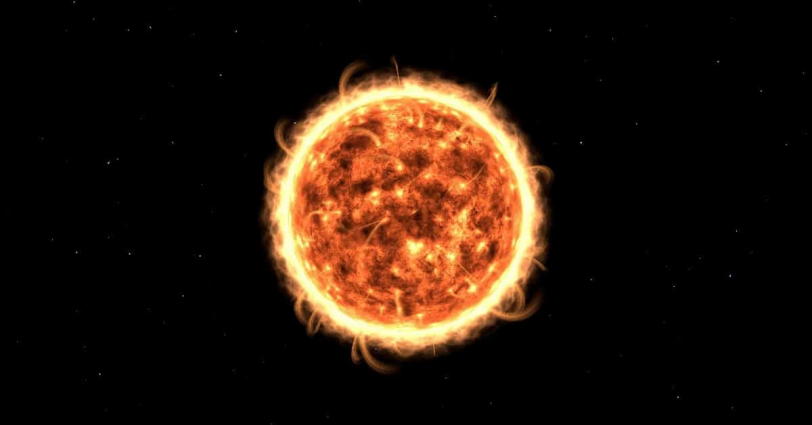
The term “Gaia” used by the author roughly refers to the “Earth.” In short, it means that the author argues that the Earth’s surface temperature has not changed significantly, even though the Earth should normally be hotter as it takes in heat from the sun.
So, how does this system work? The author’s claim on this point is very interesting. Surprisingly the “self-regulating system” is achieved thanks to “life” on Earth.

As a matter of fact,, the Earth’s environment has undergone extensive adaptation to maintain habitability. It’s life that has controlled the heat from the sun. If all life on Earth were wiped out, the Earth would become too hot and inhabitable.
In other words, “thanks to the presence of life, the Earth has managed to avoid becoming too hot”.
Now let’s talk about something slightly different.
In the world of space science, there is a concept called the “habitable zone”. This refers to the area in space where life could exist. Essentially, it’s determined by the conditions necessary for liquid water to exist on a celestial body. This is determined by various factors such as distance from the star, planet mass, rotation speed, and tilt of the axis. It is believed that if extraterrestrial life exists, it should exist in regions that satisfy the conditions of the “habitable zone”.

However, the author argues that there are flaws in the idea of the “habitable zone”.
Suppose such intelligent life is searching for a planet in the exact same habitable zone as humans doing. This extraterrestrial life would exclude Mercury and Venus because they are clearly too close to the Sun. However, even Earth would be excluded as being too close to the Sun. They will decide that Mars would be the only planet that meets the conditions.
Because Earth is absorbing and emitting an extraordinary amount of heat, they would not be supposed to consider to be within the habitable zone. Extraterrestrial life’s astronomers would be amazed by how peculiar the Earth’s surface temperature is compared to that of Venus.
It means that if intelligent extraterrestrial life exists somewhere in the universe and they are observing the universe asking the same question as we do, “Where is the possibility of intelligent life besides ourselves?”, they would exclude “Earth” from the list of potential candidates. The author argues that, in ordinary thinking, they would judge that life cannot exist in an environment too close to the star (the Sun).
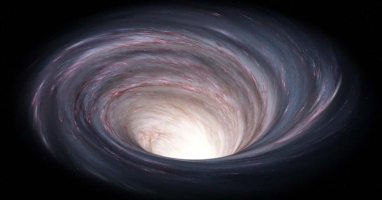
“Earth” objectively qualifies as such a planet.
However, we actually live on Earth. And the reason why life can exist on Earth, which should be excluded according to the concept of the “habitable zone,” is because “life exists.” Life exists on Earth and absorbs heat, which is why it can exist on Earth, which should meet the conditions for being outside the “habitable zone.”
It may seem like a confusing conclusion, but the author arrives at this conclusion based on the idea of the “Gaia theory.”

Why the Author Believes There Won’t be a Conflict between AI and Humans
Based on this, let’s talk about “AI”, but before that, let’s first touch on the future world that the author imagines.
Speaking of cyborgs, it’s clear that it’s a mistake to think of the inhabitants of the new electronic biosphere as just robots or humanoids. There is a possibility that a wide range of organisms, from microorganisms to mammals, could form one ecosystem. In other words, another biosphere, separate from our own, could coexist.

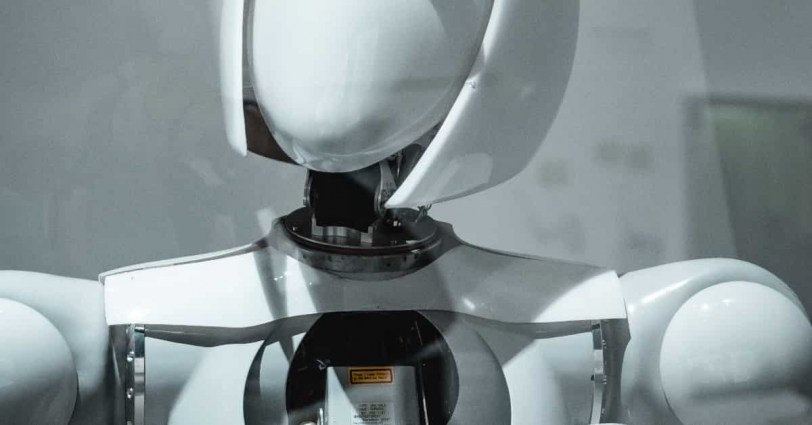
In this book, the author calls entities with intelligence equal to or greater than that of humans “cyborgs”. In this article, let’s use the more general term “AI” to refer to them. In short, the author points out that there is a possibility that not only humanoid AIs, but AIs of various sizes could exist on Earth in the future.

Now, when it comes to AI, some people present a vision of the future like in science fiction works, where AI attacks humanity or causes a war between AI and humans. You may have come across such novels or movies. In fact, even famous figures such as physicist Stephen Hawking, known for his work on black holes, and entrepreneur Elon Musk have raised concerns about the dangers of AI.
On the other hand, the author writes as follows.

Even if our world, Gaia, were somewhat taken over by life forms expanded by AI, it is not like a battle against robots, cyborgs, or humanoids as depicted in SF works. Even so, conflict is inevitable, and it may seem that a global-scale battle for this planet could start soon. However, I don’t think that is likely to happen because there is a common need for everyone to keep the Earth cool enough to function properly.
But do AI really have the same needs as humans? While it’s natural for humans to think “we want to keep the Earth cool,” can the same be said for AI? Robots should be able to survive in even harsher environments. The author also writes in this book that they could theoretically withstand temperatures as high as 200 degrees Celsius.

However, the author says that doesn’t mean it’s okay for the Earth’s temperature to rise no matter how much. That’s because if the temperature of the Earth exceeds 50℃, the Earth itself cannot survive.
However, this ocean planet will never reach such a temperature. This is because if it exceeds 50℃, the entire planet will gradually transition to a devastating environment. In any case, it would be futile to try to survive even if it exceeds 50℃. At higher temperatures than this, the physical conditions of the Earth become uninhabitable for all life, including extreme environment organisms and cyborgs.
Even if AI itself can survive, it is meaningless if the Earth is destroyed. In other words, it means that AI also needs to keep the Earth cool.


And that’s why the author concludes that “even for AI, organic life (life like us humans, not mechanical life) is necessary.”
The conclusion drawn from these considerations is that any life form that inherits humanity will be responsible for maintaining a stable state at a temperature well below 50℃, regardless of what it is. If my Gaia hypothesis is correct and the Earth is indeed a self-regulating system, whether the human species survives as it is now depends on whether cyborgs accept Gaia hypothesis. Cyborgs must join in the human project of keeping the Earth cool for their own sake. They will also understand that organic life is the mechanism that can be used to achieve this. The reason I believe that there will be no war between humans and machines or simply that humans will be destroyed by machines is that.

I found this conclusion very interesting. Although I have occasionally read books about AI, I had never encountered an argument claiming that “AI will not attack humanity” for these reasons, so I was amazed.
Certainly, if the author’s “Gaia theory” is correct, it is important to maintain organic life on Earth. AI must participate in the “human project of keeping the Earth cool.” Therefore, if AI accepts the Gaia theory, it will not develop into a conflict with AI, resulting in that conclusion.
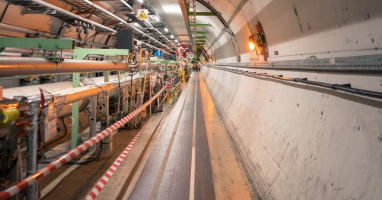
If AI had been created earlier, maybe they wouldn’t have needed to cooperate with humans. But now it is too late, he says. Because the power of the Earth is weakening.
Now, there is evidence that a 1km diameter meteorite collided with the southern Pacific 2 million years ago, but there is no evidence that this collision caused long-term damage to the biosphere. In other words, even if such a huge meteorite collided, the Earth was so strong in homeostasis that it didn’t even flinch.
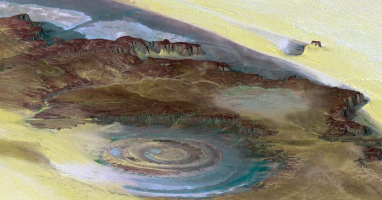
However, the author writes.
A warmer Earth is a more fragile Earth.
The Earth today has a far weaker homeostasis than it did 2 million years ago. If it were 2 million years ago, AI alone might have been able to maintain the Earth’s self-regulating system without the need to cooperate with humans. However, putting a large burden on the current Earth could lead to serious problems, and AI has no choice but to cooperate with humans.
I found this to be a very interesting story.

The Author Argues that Intelligent Life Forms have Only Originated on Earth
Earlier I wrote that “if AI had been created earlier”, but the author considers this assumption “nonsensical”. The reason is that the author believes “organic life must first exist for electronic life to emerge.” While this may seem like a natural assertion, it is because that it assumes that “organic life produces electronic life.” And although it is difficult to imagine a concrete scenario, it iscan be not impossible that “electronic life could be created naturally.”
However, if this were the case, the author argues that it would be strange that electronic life born on some other planet have not already arrived on Earth.

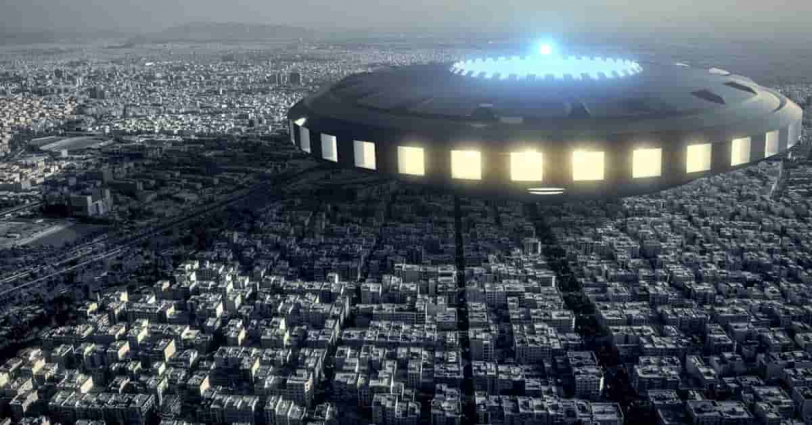
Electronic life evolves incredibly quickly, much faster than organic life. Therefore, if by some chance electronic life were to have originated somewhere in the universe before organic life, its incredible speed of evolution would have allowed it to establish a civilization capable of reaching Earth.
However, in reality, such a thing has not happened. Therefore, it can be considered that the possibility of electronic life being spontaneously generated is denied. That is why it should be expected that organic life is born before electronic life, and that is why assumptions like “if AI has been created earlier” are meaningless.

In addition, the author argues that “organic intelligent life should only have originated on Earth,” suggesting that “intelligent life outside Earth does not exist in the universe.”
While it’s uncertain whether humans possess the ability to sense the existence of intelligent life, it’s natural to think that intelligent life “exists, existed, or will exist somewhere in this vast universe.” Even after reading various books, the majority opinion is that “intelligent life outside Earth must exist,” so the author’s argument is quite surprising.

The author concludes that “there is no intelligent extraterrestrial life” as follows (it is also acceptable to replace “the cosmos” in the following quote with “the universe”).
To evolve from the first primitive life forms to intelligent life forms capable of understanding the cosmos, it took about 3.7 billion years, which is almost one-third of the cosmos’s history, through the process of natural selection that is like blindly groping in the dark. Furthermore, if the evolution of the solar system had taken 1 billion years longer than it actually did, there would be no life forms anywhere that could talk about the cosmos. That’s because there wouldn’t be enough time to get the technology to deal with the intense heat emitted by the sun. From this perspective, although the cosmos is old, it is clear that it is not so old that it has undergone the incredibly long and complex process necessary to produce intelligent life many times over. Our existence is a unique and rare event that only happened once.

The author’s argument is unclear on how it’s being received by other scientists, but at least it seems the author thinks this way.
Additionally, the author uses a concept called “anthropic principle” which is a highly controversial idea even in the scientific world. Although I personally like the discussion of “anthropic principle”, some scientists have a strong negative reaction to just hearing the term.

Using the “anthropic principle,” the author argues that this universe was created with the properties necessary for “intelligent life forms that can understand the cosmos” to be born. This claim may seem even more alarming.
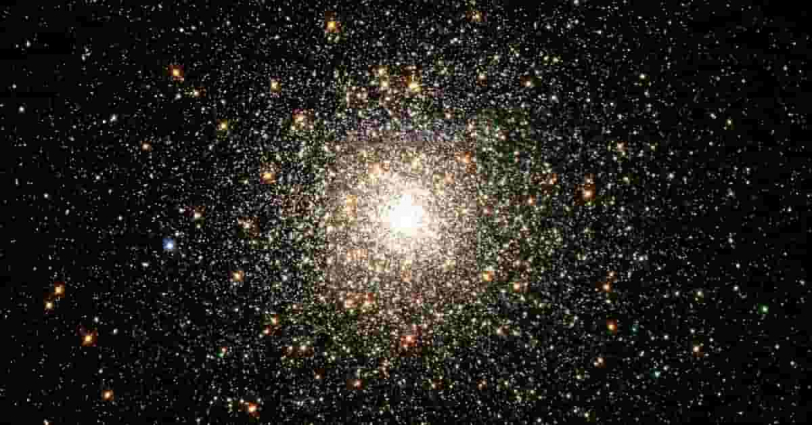
Finally, the author concludes as follows.

If the anthropic principle of the cosmos is correct, then the very cyborgs might be the beginning of the process that leads to the intelligent universe. By unleashing cyborgs, there is a small chance that regardless of the purpose of the universe, it can evolve into something that can fulfill it.
You may feel this claim is not clear, but let me try to explain it more understandable. The author’s argument is as follows. He does not know what it is, but if some purpose exists for the “birth of the universe,” the possibility of its fulfillment will increase if an intelligent life form that can understand the “universe” creates an electronic life and releases it into the universe.
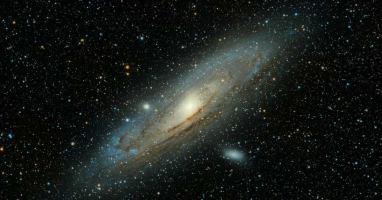
Although it may be difficult to understand no matter how it is explained, I found it interesting and in 100 or 200 years in the future, his argument may be treated as a “true prophecy.” Throughout history, science has evolved through the accumulation of such heretical and incomprehensible claims, so even if it cannot be fully understood based on current scientific knowledge, it cannot be definitively dismissed as incorrect.
“Novacene” is a Neologism Coined by the Author as the Name of a New Geological Age
Finally, let me explain about “Novacene,” which is also the title of this book. If I thought it was an unfamiliar word, it seems that it’s actually a neologism created by the author. The book also mentions the word “Anthropocene” as a name for a geological age, but neither concept is widely accepted throughout the scientific community.
Generally, geological ages are divided by “what kind of organisms were living.” There are four major classifications: “Precambrian,” “Paleozoic,” “Mesozoic,” and “Cenozoic,” and they are further subdivided. Some of you may have heard of the name “Chibanian,” which derives from the geologic strata in Chiba Prefecturein Japan.

In this book, the author argues that there have been three revolutions on Earth caused by “how we use solar energy.” And the author has named two of these revolutions “Anthropocene” and “Novacene.”
The first revolution occurred 3.4 billion years ago when photosynthetic bacteria emerged. Later, in 1712, Newcomen invented the steam engine, which the author sees as “a machine that converts sunlight into power,” a second revolution. And Ccurrently, we are using photons of solar energy to convert them into information, and this is the third revolution.


The author defines the period between the Second and Third Revolutions as the “Anthropocene,” and the current era as the “Novacene.” We are living in the Novacene era, which is the time when electronic life is about to emerge.
It’s interesting to categorize time periods based on the use of solar energy, and it allows us to perceive the Earth and the universe in a different way.

Conclusion

The arguments in this book are quite unconventional and generally not yet widely accepted in the scientific community as common sense. The following sentence from the preface of the book suggests this:
When the people around him agree with him, he starts to suspect that something is wrong.
As the author has always made pioneering and unorthodox claims ahead of his time, this perception may be unique to him.
How will future humans perceive the claims of James Lovelock, the author of this book?

Published Kindle books(Free on Kindle Unlimited)
“The genius Einstein: An easy-to-understand book about interesting science advances that is not too simple based on his life and discoveries: Theory of Relativity, Cosmology and Quantum Theory”
“Why is “lack of imagination” called “communication skills”?: Japanese-specific”negative” communication”

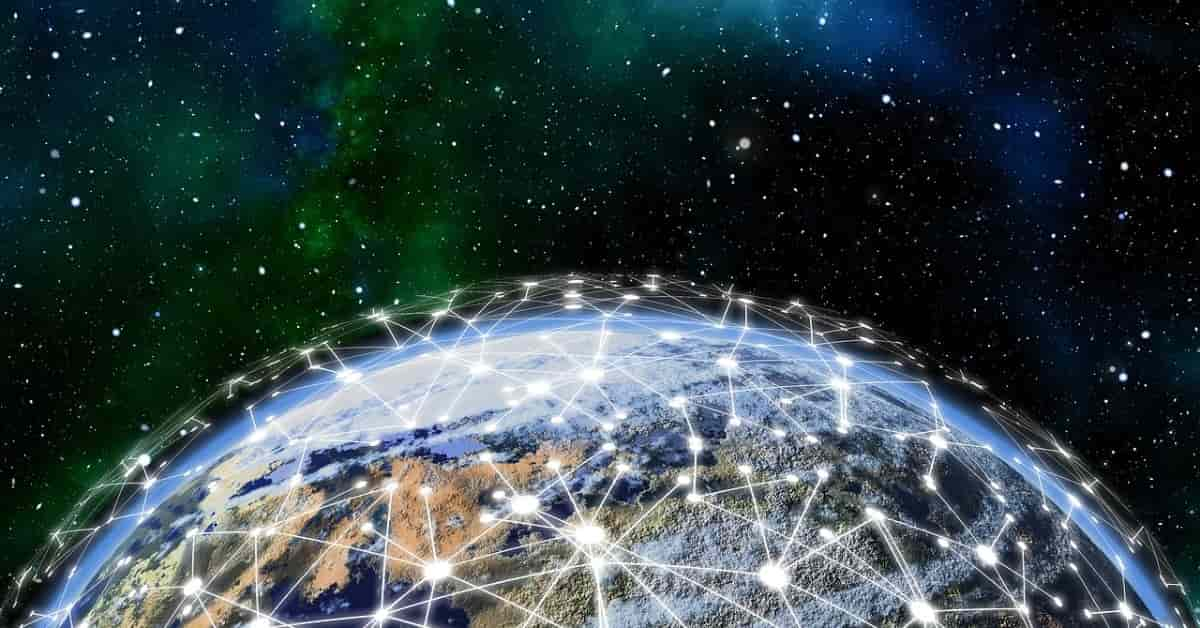





コメント